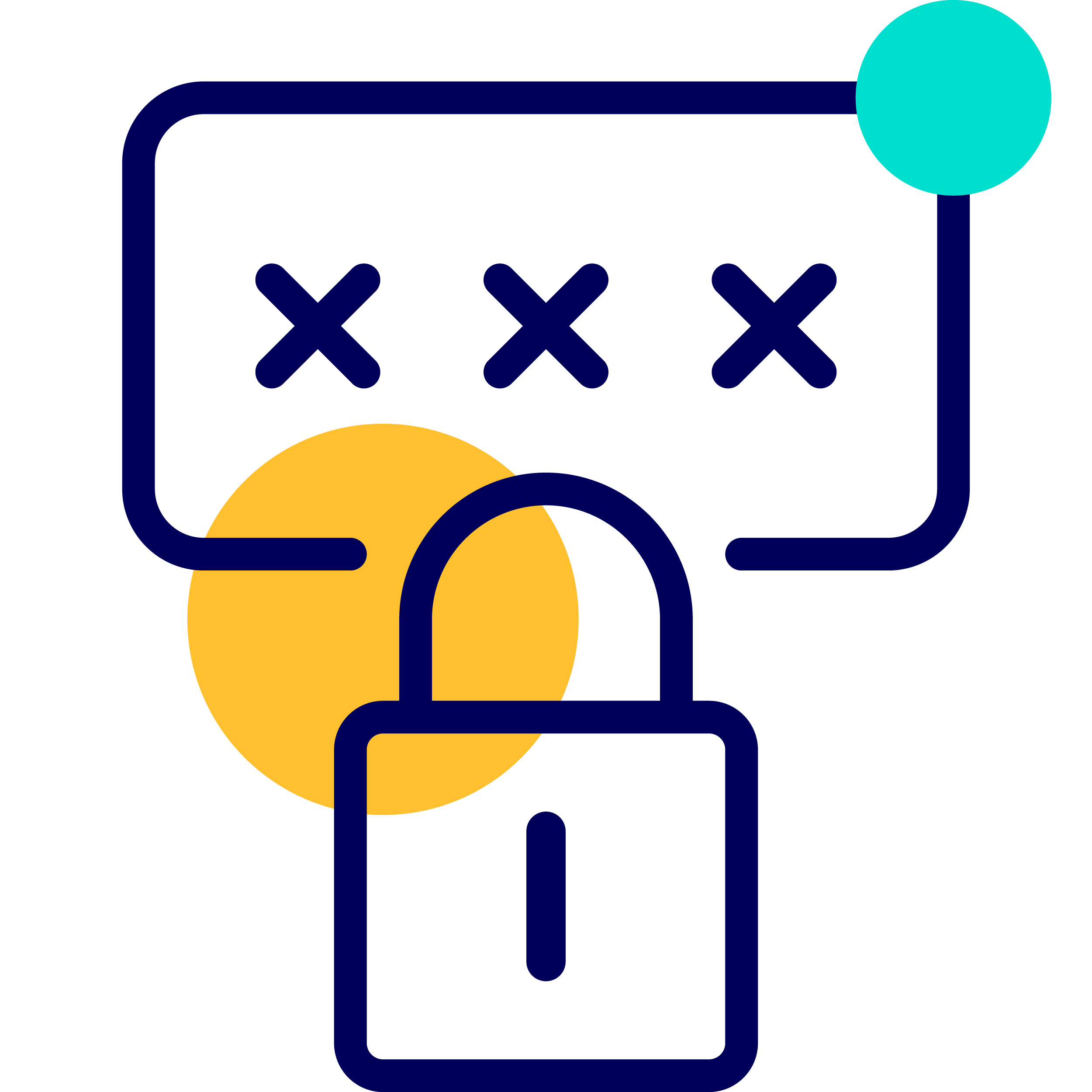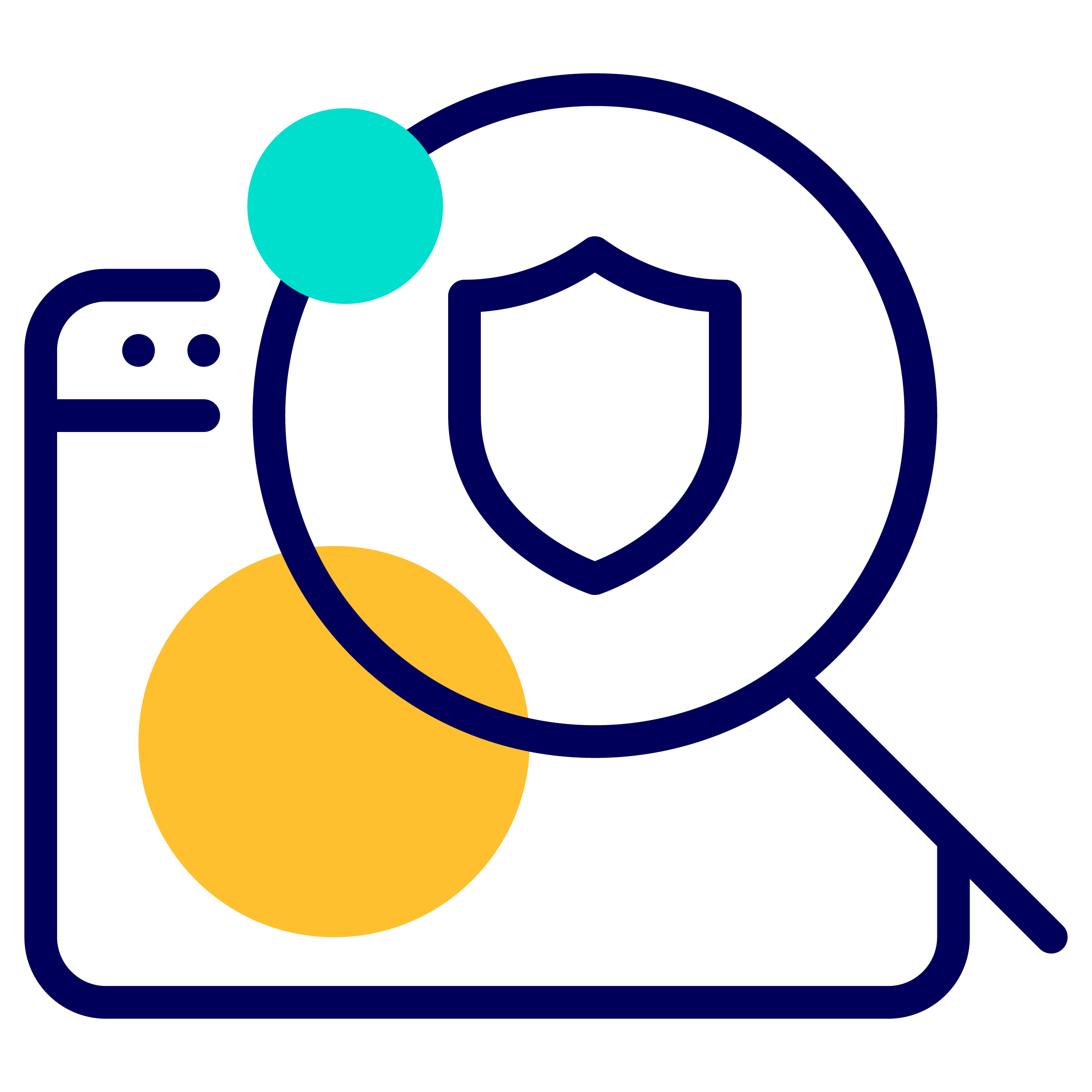
Cybersecurity Services
Explore Our Curated Cybersecurity Service Packages or Build Your Own
You know cybersecurity services can protect your business, but you don’t know where to start? We are here to help guide you, or we can work with your MSP, to build a path toward cyber risk resiliency. Using the Periculus Cyber platform, you can protect your company through one of two curated packages that we’ve created specifically with small to medium-sized businesses in mind. Or, you can create your own custom package from our menu of available service options. Our packages are available “per seat” so they are flexible to fit your business and protect you as you grow.

A virtual private network (VPN) can provide a number of benefits for a small business. One of the main benefits of using a VPN for a small business is increased security. A VPN encrypts the data transmitted between a device and the company’s network, making it more difficult for unauthorized individuals to intercept and access. This can protect sensitive financial and customer information, from being compromised.
Another benefit of using a VPN is improved privacy. When employees connect to the internet through a VPN, their online activities are not visible to their internet service provider (ISP) or anyone else on the network. This can prevent the ISP from collecting and selling the company’s browsing data, as well as protect employees from being tracked online.
A VPN can also provide better remote access to the company’s network. With a VPN, employees can access the company’s network from anywhere with an internet connection, allowing them to work remotely and stay connected to the company’s resources. This can improve productivity and flexibility for the business.

Security awareness training is an important part of maintaining the security of any organization, including small businesses. Some of the benefits of this type of training include:
Improved security: By providing employees with training on security best practices, a small business can reduce the likelihood of security breaches and protect sensitive data.
Reduced risk of cyber attacks: Employees who are knowledgeable about security threats and how to avoid them are less likely to fall victim to cyber attacks, which can save a small business from costly downtime and data loss.
Compliance: Depending on the industry, a small business may be required to provide security training to employees as a compliance measure. This training can help the business avoid fines and other penalties for non-compliance.
Increased employee productivity: Employees who are confident in their ability to handle security threats are more likely to be productive and focused on their work. This can lead to improved business performance and increased profitability.
Improved reputation: A small business that takes security seriously and provides training to employees is likely to be viewed more favorably by customers and partners, which can improve its reputation and enhance its competitive advantage.

Phishing simulations can be a valuable tool for small businesses because they can help employees learn how to recognize and avoid phishing scams. This can protect the business from falling victim to cyber attacks, which can be costly and damaging to the company’s reputation. By simulating phishing attacks, businesses can train their employees to be more cautious and less likely to fall for scams. This can help reduce the risk of employees inadvertently giving away sensitive information or clicking on malicious links. Additionally, regular phishing simulations can help businesses identify any weak spots in their security practices and take steps to address them.

A password manager can help a small business in several ways. First and foremost, a password manager improves security by generating and storing strong, unique passwords for each of the accounts that your business uses. This helps to prevent unauthorized access to your accounts, which can protect your business from hackers and other cyber threats.
A password manager can improve efficiency and productivity within your business. You and your employees will no longer need to remember multiple complex passwords, which can save time and reduce the risk of password-related issues.
A password manager can improve collaboration and communication within your business. Unlike consumer password manager products, our password manager comes with features that allow you to share passwords and other sensitive information securely, which can make it easier for your team to work together and access the information they need.

A website scan is a tool that can help businesses identify potential security vulnerabilities on their website. This can be especially useful for small businesses, as they may not have the resources or expertise to conduct a thorough security audit on their own. A website scan can help businesses identify potential security risks, such as weak passwords, outdated software, or unsecured connections. This information can then be used to take steps to improve the security of the website and protect it from potential cyber attacks. Additionally, regular website scans can help businesses stay up-to-date with the latest security best practices and ensure that their website remains secure over time.

Antivirus software is an essential business tool. It helps protect your computer and network from viruses, malware, and other online threats. By using antivirus software, you can help protect your company’s sensitive data and prevent costly disruptions to your business. Antivirus software can also prevent your employees’ personal devices from infecting your business network. In addition, using antivirus software can help your business comply with data protection laws and regulations, such as the General Data Protection Regulation (GDPR) in the European Union (EU). Overall, the benefits of using antivirus software for a small business include increased security, improved compliance, and reduced risk of data loss and downtime.
Subscription Packages
Subscription services packages available through
Periculus Cyber
Our packages are designed with small to medium-sized businesses in mind, and can be customized to fit your company needs.